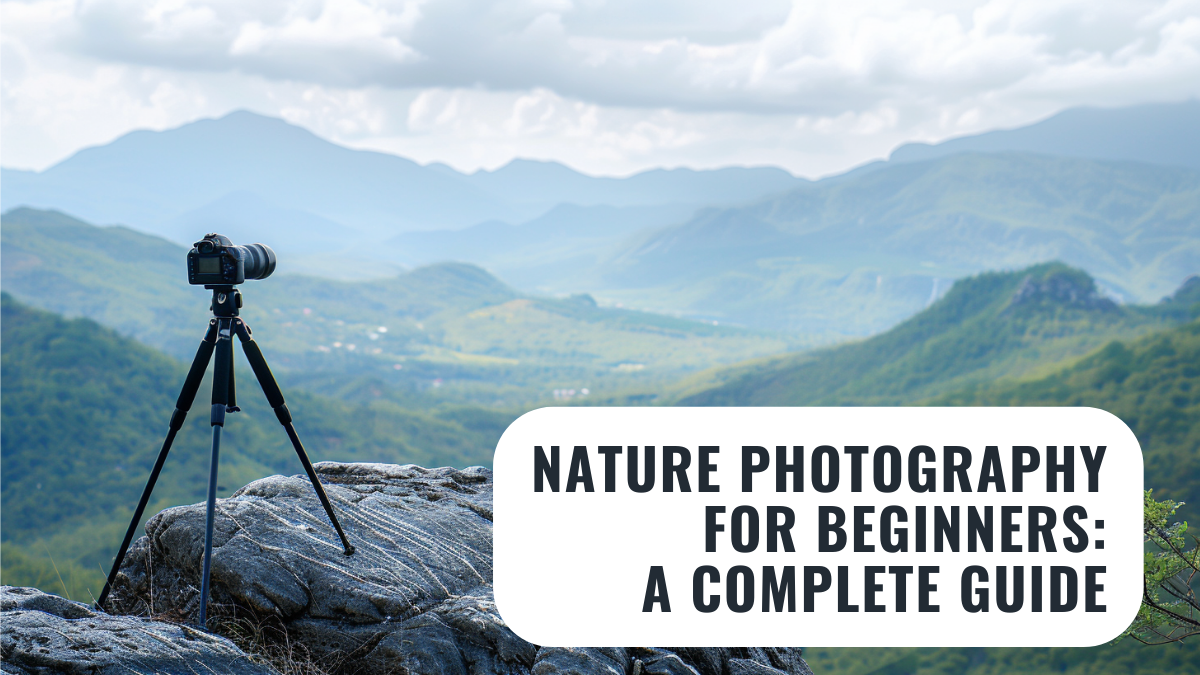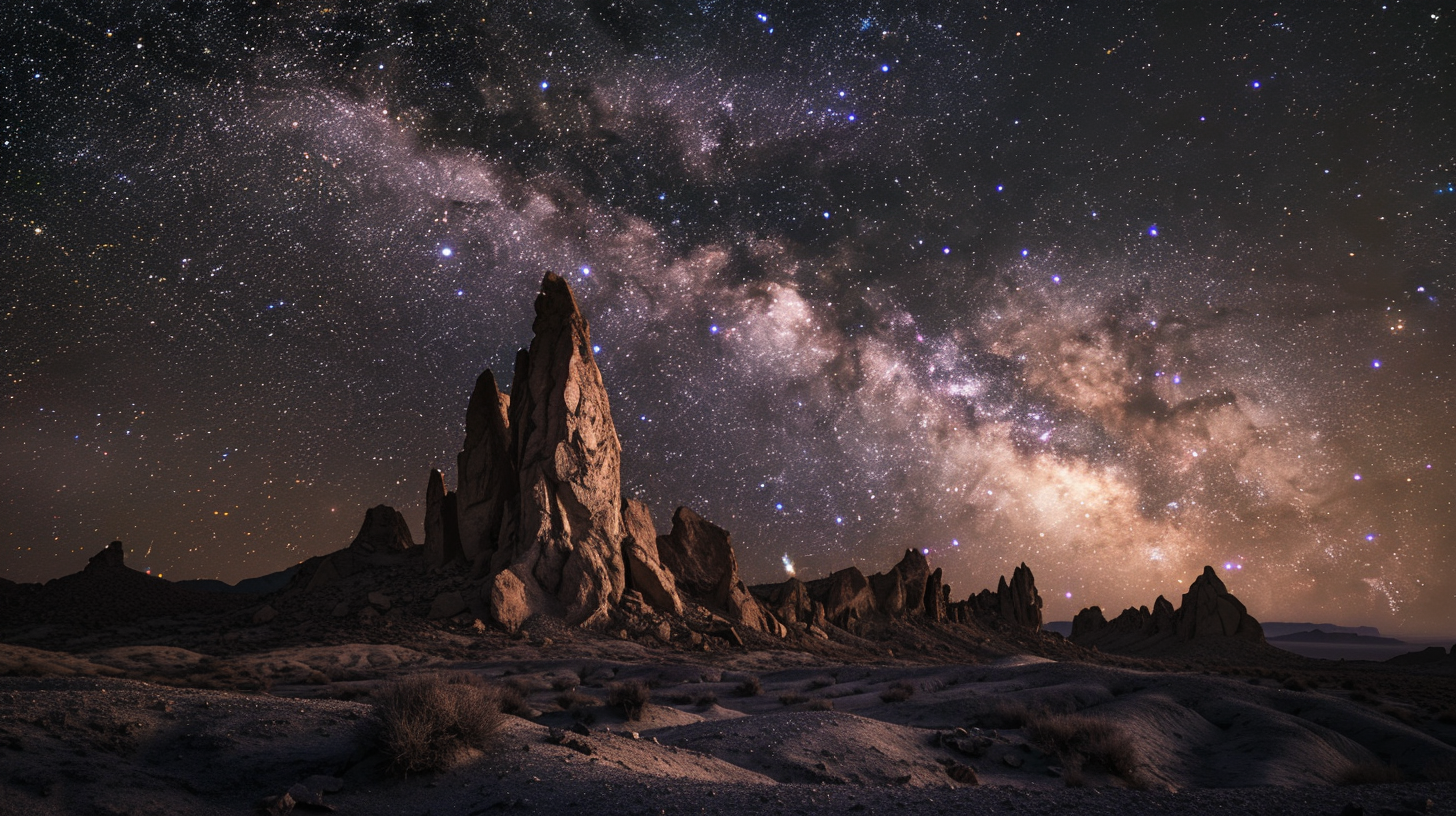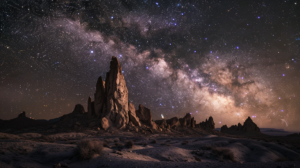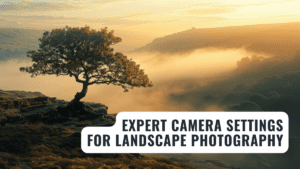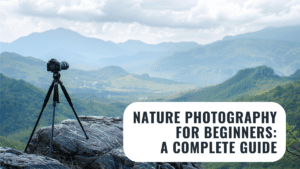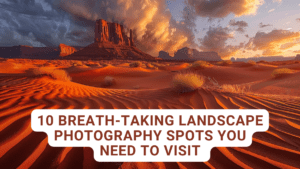Beginning your adventure into nature photography offers a unique combination of excitement and tranquility, providing an avenue for both creative expression and close engagement with the environment. This comprehensive guide is tailored for those new to the craft, eager to document the stunning vistas and intricate details that the natural world unveils.
As a primer in nature photography for beginners, this guide navigates through the essentials—from selecting the appropriate equipment to perfecting your composition skills. Whether your interest lies in capturing sweeping landscapes, the intricate beauty of plants, or the spontaneity of wildlife, embarking on this journey can be immensely fulfilling. Throughout this guide, we will cover all the foundational aspects needed to embark on your nature photography journey, ensuring you’re well-equipped to capture the world in its myriad forms.
Understanding Nature Photography
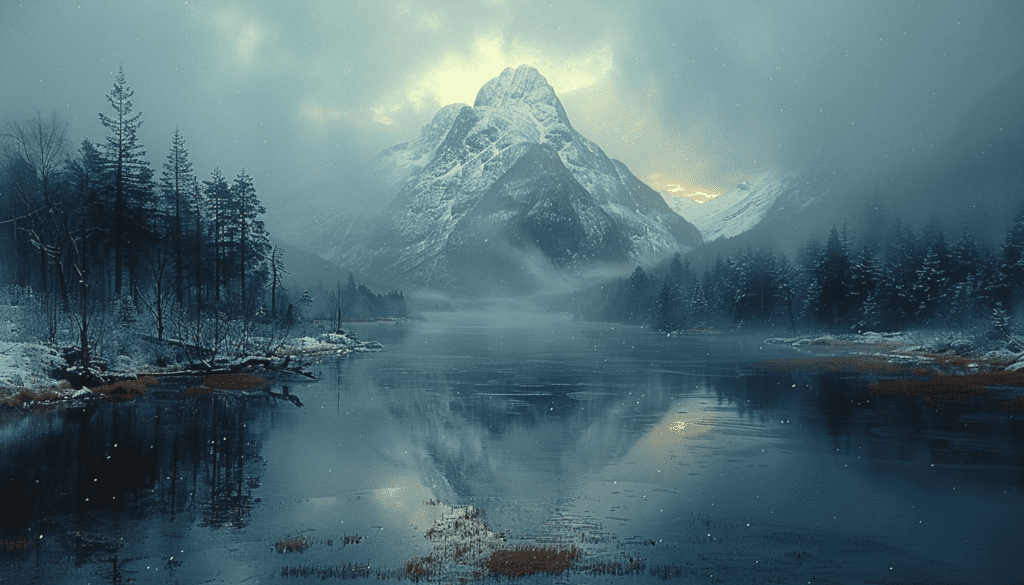
Nature photography encompasses a wide range of outdoor photography focused on showcasing the natural elements of the earth, including wildlife, landscapes, plants, and water bodies. What makes it appealing, especially to beginners, is its accessibility and the sheer variety of subjects it offers. Unlike other photography genres that may require elaborate setups or specific locations, nature photography can be pursued in your backyard, local parks, or during travels to exotic destinations. It not only allows you to document the beauty of the natural world but also promotes a deeper connection with the environment, encouraging mindfulness and conservation.
Essential Gear for Nature Photography
Starting in nature photography doesn’t require the most expensive equipment, but having the right gear can significantly enhance your experience and the quality of your images.
- Best Nature Camera for Beginners: Look for a DSLR or mirrorless camera that offers manual settings, allowing you to control aperture, ISO, and shutter speed. Cameras that perform well in low light and have a good dynamic range are preferable. Brands like Canon, Nikon, and Sony offer excellent entry-level models that balance quality, ease of use, and affordability.
- Must-Have Accessories: A sturdy tripod is crucial for stability, especially in low light conditions or when capturing long exposures. Additionally, consider getting a selection of lenses; a wide-angle lens for landscapes, a macro lens for close-ups, and a telephoto lens for wildlife. Don’t forget spare batteries, memory cards, and a protective bag.
As you grow in your photography journey, you’ll learn to appreciate the value of less tangible “gear” like patience, observation skills, and an understanding of natural light and seasons.
Basic Camera Settings for Nature Photography
Mastering your camera’s settings is key to taking control of your photographic outcomes. Here are some foundational tips:
- ISO: Determines your camera’s sensitivity to light. Lower ISOs (100-400) are ideal for bright daylight, while higher ISOs may be necessary in darker conditions. Be mindful that higher ISOs can introduce grain or “noise” into your images.
- Aperture: Controls the depth of field and the amount of light entering the lens. A wider aperture (lower f-number) blurs the background, focusing attention on your subject, while a narrower aperture (higher f-number) keeps more of the scene in focus.
- Shutter Speed: Affects the exposure time and the ability to freeze or blur motion. Fast shutter speeds can capture crisp details of moving subjects, like birds in flight, while slower shutter speeds create a sense of motion, useful for flowing water or windblown landscapes.
Experimenting with these settings in various combinations will help you understand their impact and how to achieve the desired effect in your photos.
Composing Your Shots
Composition is the heart of photography. It’s about arranging elements in your frame in a way that guides the viewer’s eye and tells a story. Here are a few principles to keep in mind:
- Rule of Thirds: Imagine dividing your image into thirds, both horizontally and vertically, creating a grid of nine equal segments. Placing your subject along these lines or at their intersections can create a more balanced and engaging photo.
- Natural Lines and Symmetry: Use natural lines—like rivers, trails, or tree lines—to lead the eye into the picture. Symmetry, especially in reflections, can also add a compelling element to your photographs.
- Perspective and Depth: Changing your perspective can dramatically alter the mood and composition of your shot. Get low for an impactful view of a small subject or find a high vantage point for landscapes. Adding elements in the foreground can give your images depth and scale.
Finding Your Subject
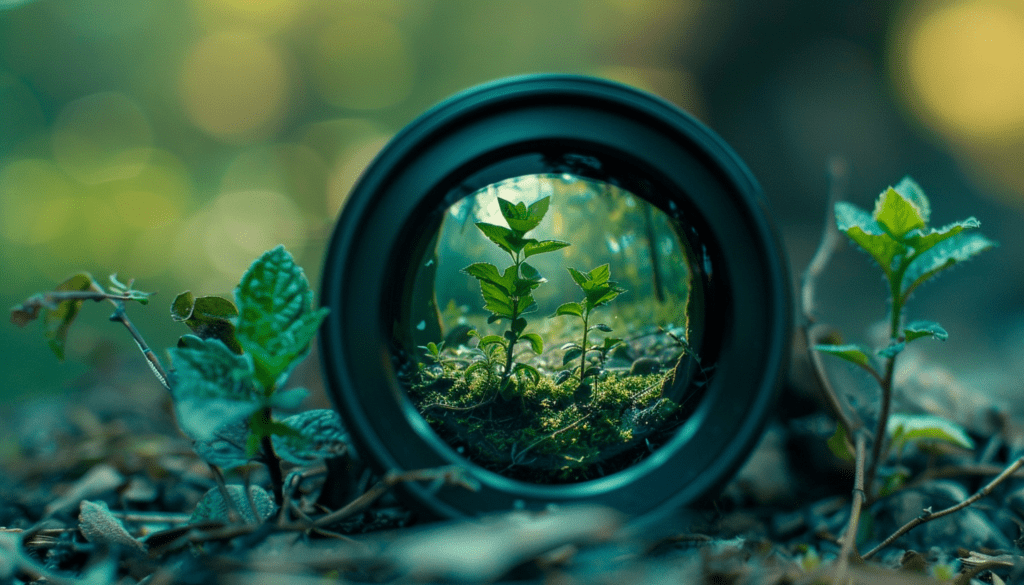
The great outdoors is teeming with subjects for photography, but finding the right one can sometimes be overwhelming. Here’s how to narrow down your focus:
- Observe and Explore: Spend time observing your surroundings without your camera. Notice the light, patterns, colors, and movement. Exploration can reveal hidden gems and moments worth capturing.
- Nature Photography Ideas for Beginners: Start with simple subjects to practice composition and settings. Dewdrops on leaves, patterns in the sand, or the structure of a leaf can all make for captivating shots. As you become more comfortable, you can graduate to more complex subjects like wildlife or sweeping landscapes.
Working With Natural Light
Understanding and harnessing natural light is crucial in nature photography. Here’s what you need to know:
- Golden Hour and Blue Hour: The golden hour, shortly after sunrise or before sunset, offers warm, diffused light that can add a magical quality to your photos. The blue hour, just before sunrise or after sunset, provides a cool, ethereal light that’s perfect for cityscapes or silhouettes.
- Dealing With Harsh Midday Light: Bright, midday light can create harsh shadows and high contrast. Use it to your advantage for high-key photography or seek shade for softer, more even lighting. Reflectors can also help balance the light.
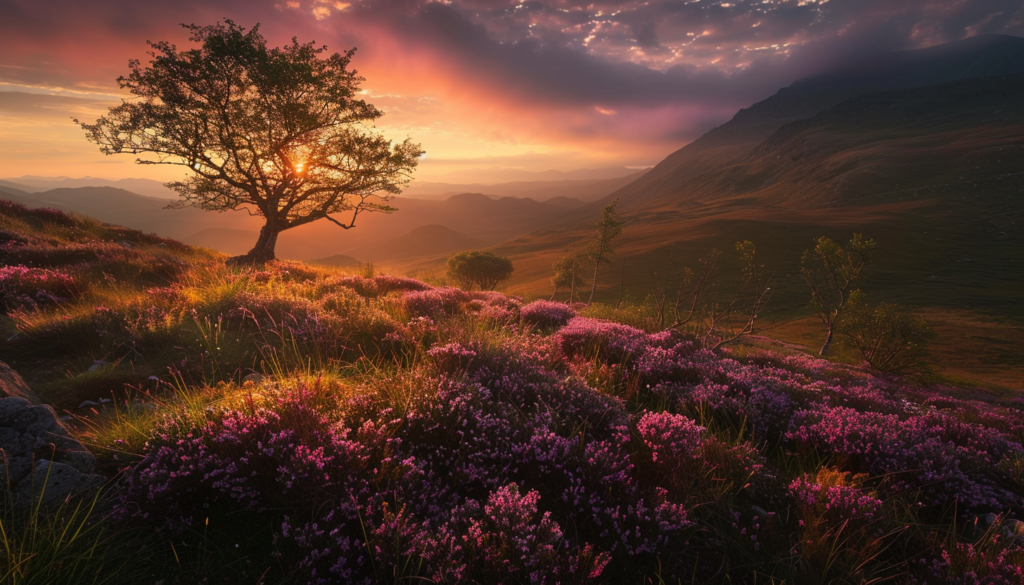
Capturing Wildlife
Photographing animals in their natural habitat requires patience, respect, and quick reflexes. Here are some tips to get you started:
- Ethical Considerations: Always prioritize the welfare of your subjects over getting the shot. Maintain a safe distance, use a telephoto lens, and avoid disturbing wildlife or their environment.
- Patience and Timing: Wildlife photography often involves waiting for the perfect moment. Learn about your subject’s behavior to anticipate their movements and increase your chances of capturing a compelling image.
Nature Photography for Beginners: Elevating Your Landscape Shots
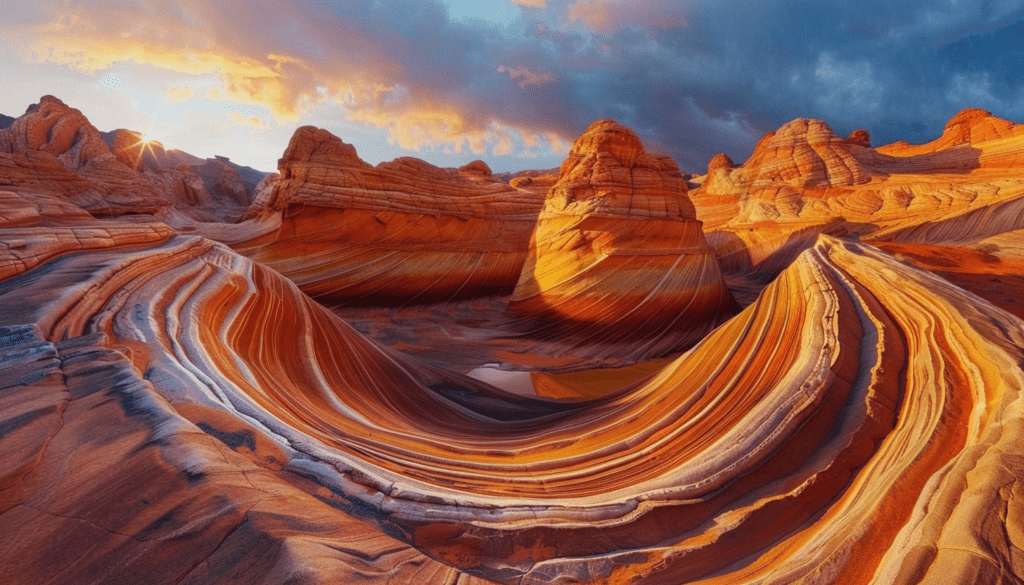
- Dynamic Composition Techniques: Beyond the basics, consider incorporating dynamic composition techniques like framing, where elements within the landscape (like branches or windows) frame the main subject, adding depth and focus. The use of negative space can also play a pivotal role, where more of the scene is left open, drawing the viewer’s eye towards the subject by contrast.
- Understanding the Landscape’s Story: Every landscape has a story, shaped by elements like weather, time of day, and season. Capturing this story requires you to engage deeply with the location, understanding its history, and observing the interplay of light and shadow over time. This deeper engagement can transform a simple landscape shot into a narrative piece.
- Advanced Techniques: Exploring advanced techniques such as long exposure for creating silky water effects or time-lapse photography to show the passage of time can add a unique perspective to your landscape photography. Using a neutral density filter can help manage light exposure and achieve these effects even under bright conditions.
Macro Photography: Discovering the Unseen World
Macro photography invites you to get up close and personal with your subjects, revealing details and textures that are often overlooked. For beginners in nature photography, delving into the macro world can be a fascinating extension of their skills and perspectives.
- Choosing Subjects with Character: When starting with macro photography, look for subjects that offer intricate details, such as the veins of a leaf, the dew on a spider’s web, or the patterns on an insect’s wing. These subjects can provide a wealth of visual interest and challenge you to capture the complexity of the natural world. If you’re lacking inspiration, we’ve listed our best abstract macro photography ideas for you, right here!
- Lighting in Macro Photography: Proper lighting is crucial in macro photography due to the close proximity to the subject and the potential for casting shadows. Consider using diffused natural light or specialized macro flash units that provide even, soft light, reducing harsh shadows and highlighting the subject’s details.
- Steadying Your Shot: Due to the shallow depth of field and close focus distance in macro photography, even the slightest movement can blur your subject. Use a tripod with a macro rail for precise adjustments, and consider using a remote shutter release or your camera’s timer function to minimize camera shake. Some photographers also use techniques like focus stacking, where multiple images at different focus distances are combined in post-processing to achieve a greater depth of field.
- Creative Approaches: Macro photography offers vast creative possibilities, from playing with depth of field to create dreamy, abstract compositions, to utilizing water droplets as natural lenses that magnify and distort. Experimenting with different angles and backgrounds can also dramatically change the appearance and mood of your macro shots, turning a simple subject into a work of art.
Post-Processing Your Nature Photos
Capturing your image is just the first step in the creation of a stunning nature photograph. The magic often happens in the post-processing stage, where you can adjust, refine, and enhance your images. Here’s how beginners can approach this crucial phase:
- Getting Started with Software: There are several user-friendly post-processing software options available, ranging from Adobe Lightroom and Photoshop to free alternatives like GIMP. Lightroom is particularly favored for its intuitive interface and powerful editing capabilities, making it ideal for beginners.
- Basic Adjustments: Start with basic adjustments to exposure, contrast, white balance, and saturation. These tweaks can make your images pop and more closely match what you saw with your eyes. For nature photography, preserving natural colors is key, so aim for enhancements that bring out the best in your shot without overdoing it.
- Crop and Composition: Sometimes, a slight crop or adjustment to the composition can significantly impact your photo’s overall effect. Use the crop tool to eliminate distracting elements, adjust the horizon line, or change the aspect ratio to emphasize the subject.
- Utilizing Presets and Filters: Many post-processing programs offer presets or filters that can apply a set of adjustments with a single click. While it’s tempting to use these for quick edits, learning to make manual adjustments will give you more control over the final image. Use presets as a starting point or inspiration, but try to customize the settings to suit each photo.
- Advanced Techniques: As you become more comfortable with basic edits, explore advanced techniques such as dodging and burning (to lighten or darken specific areas), applying gradients for skies or foregrounds, and sharpening for detail enhancement. For landscape photos, blending multiple exposures of the same scene can help balance the light and shadow details, a technique known as High Dynamic Range (HDR) imaging.
- Respecting the Ethos of Nature Photography: In post-processing, it’s important to maintain the integrity of the natural scene. Avoid overly dramatic alterations that could misrepresent the subject or location. The goal is to enhance the photo to reflect the true beauty of the moment you captured.
Continuing Your Photography Journey
As you conclude this introductory guide to nature photography for beginners, remember that the journey doesn’t end here. Photography, much like nature itself, is constantly evolving. Continue to explore, experiment, and engage with the natural world through your lens. Build a portfolio of your work, seek feedback from peers, and consider joining online forums or local photography groups to share experiences and learn from others.
Above all, let your passion for nature and photography drive you. Each image you capture is a reflection of your unique perspective, a moment in time preserved for posterity. Keep honing your skills, stay curious, and never stop marveling at the wonders of the natural world.
As you advance, revisit the concepts discussed here, for mastery comes with practice and continual learning. Remember, every great photographer was once a beginner, guided by their love for the craft and the world around them.
